Africa’s Endangered Species by the Numbers
Around 100 years ago, wildlife in Africa flooded the plains in droves. Hundreds of thousands of rhinos, and lions and millions of elephants wandered nearly every region of the continent except the uninhabitable deserts.
Today, only a fraction of them remain. Their territory has been reduced to a few protected refuges, and they are under constant threat. Many could face extinction within a matter of decades.
Monitoring their populations is incredibly important. Here are the numbers species by species.
Pangolin
Population: Unknown

The pangolin is the world’s only scaled mammal. Imagine a cross between an armadillo, an anteater and a viper – that’s the pangolin. Unfortunately, some falsely believe its scales have medicinal properties. Demand for scales has made the pangolin the most trafficked mammal on Earth. Two species of pangolin are already critically endangered in Asia because of this.
Conservationists speculate demand will grow in Africa as Asian populations decline. Unfortunately, pangolins are hard to census because they are solitary and nocturnal. Researchers don’t have reliable data on their numbers.
African Elephant
Population: 415,000
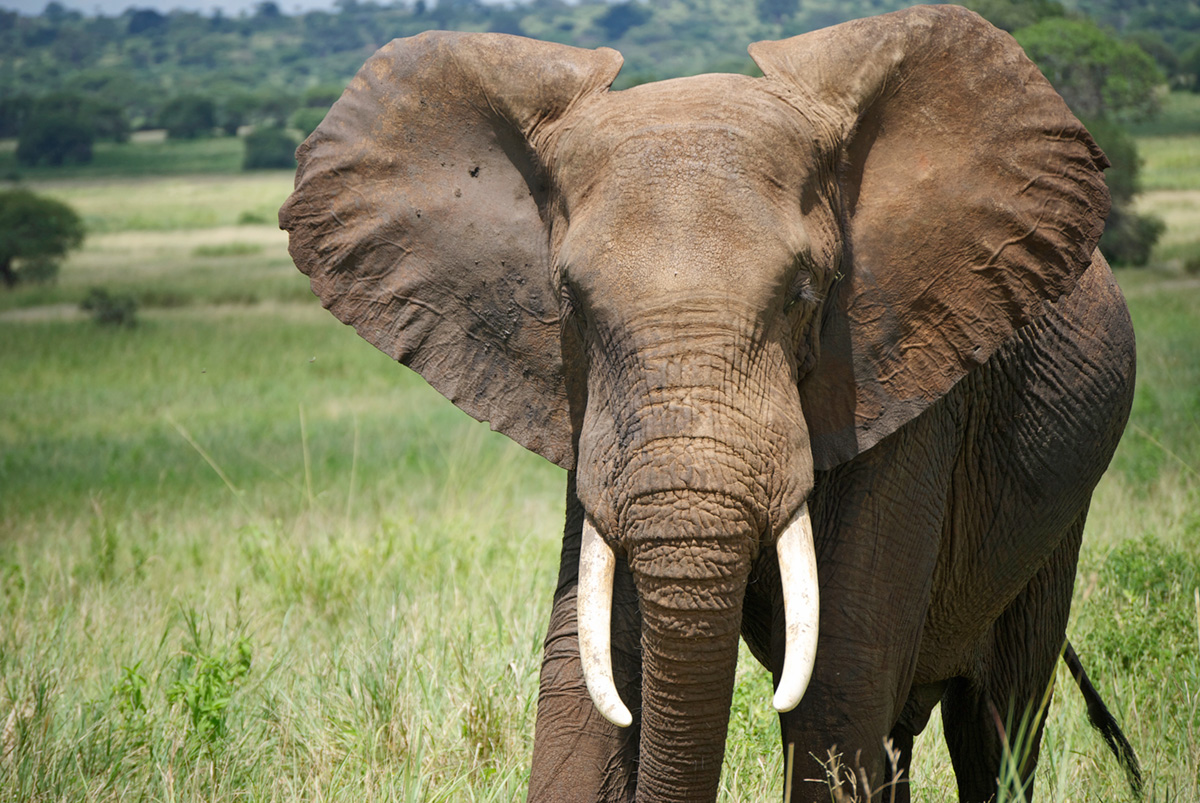
Between 5 and 10 million elephants roamed Africa in 1930. Like the pangolin, elephants are vulnerable to poachers. Unlike the pangolin, African elephants have incredibly strong family relationships. They’re astonishingly intelligent and compassionate, and poaching creates innumerable elephant orphans.
It takes elephants more time to reproduce in comparison to other mammals. They give birth every three to six years, and it takes nearly two years to carry a single calf to term. It’s harder for elephant populations to rebound from threats because of this.
Lion
Population: 23,000
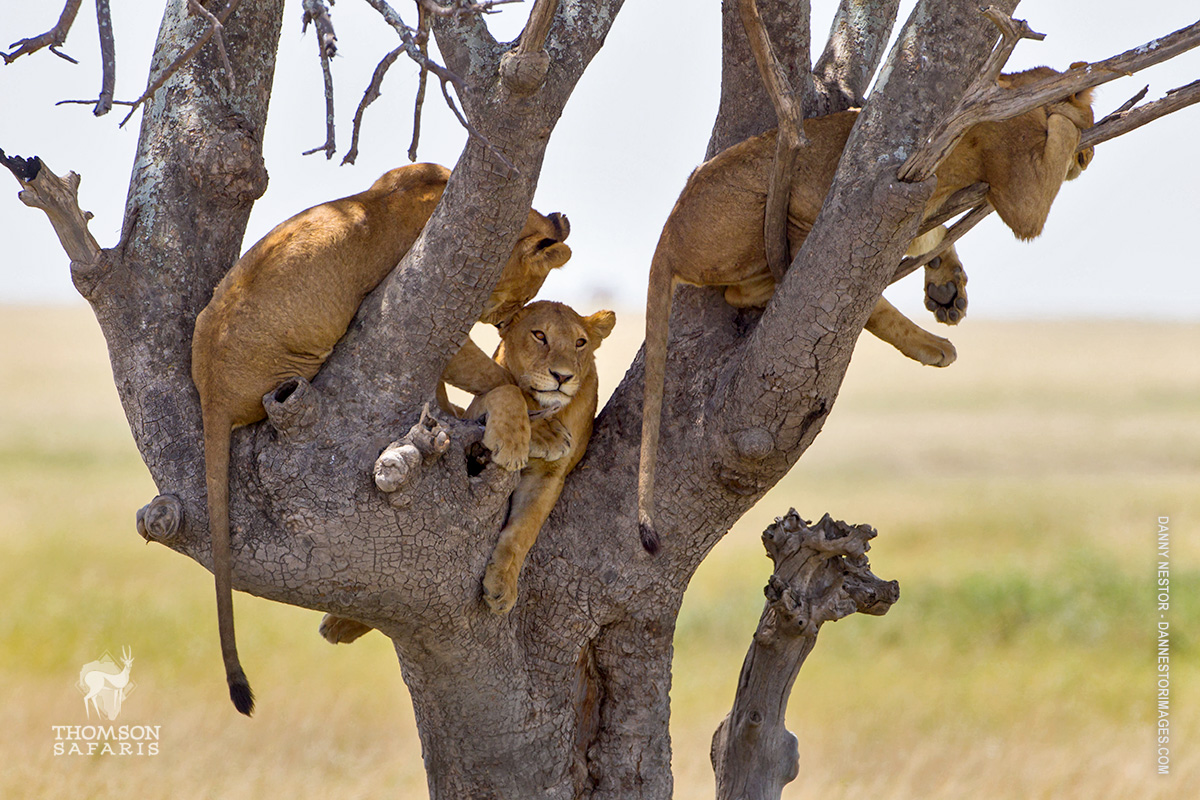
The lion’s kingdom shrinks every year. Habitat loss is its greatest threat; as human populations increase, lions are forced into smaller territories that cannot sustain their numbers.
Tanzania is home to more lions than Kenya, South Africa, Botswana, Zimbabwe, Zambia and Namibia combined; its land is critical for the survival of the species. This is one of many reasons we strictly abide to Leave No Trace ethics – so the land can continue to flourish and sustain lion prides.
Cheetah
Population: 6,700
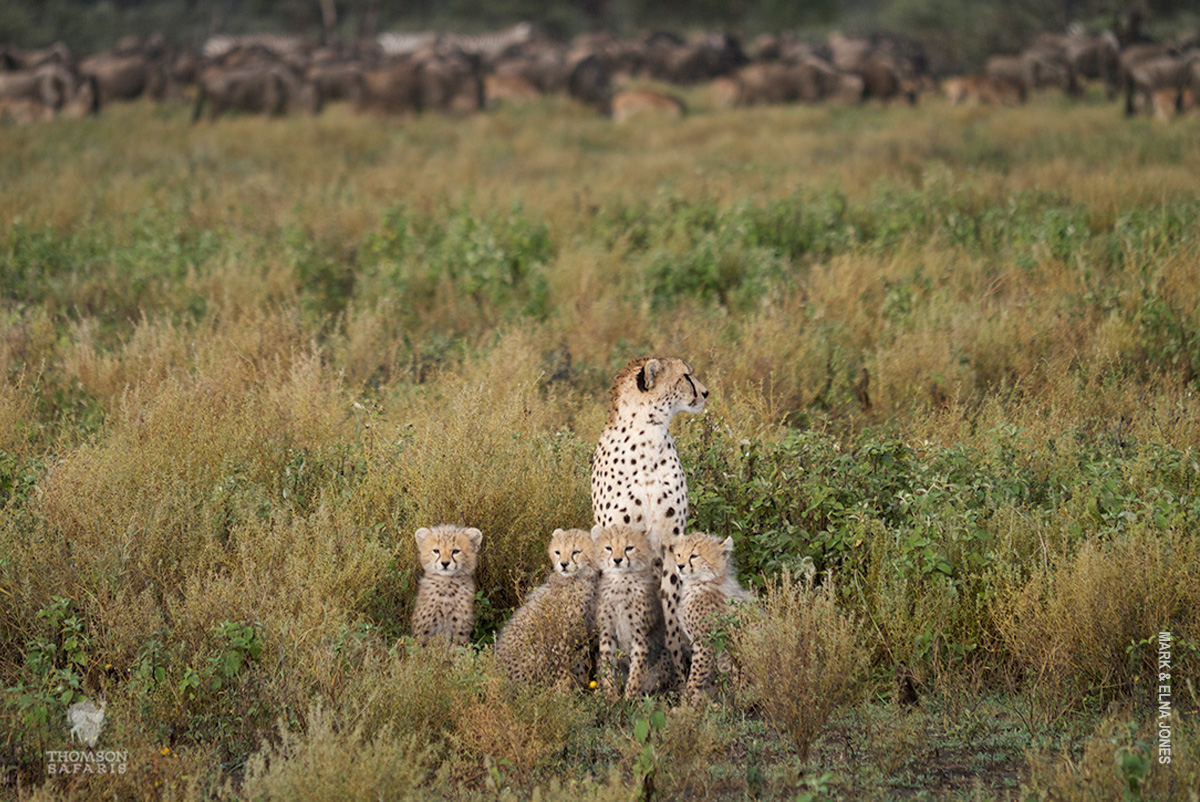
The world’s fastest mammal is also one of nature’s toughest independent mothers. Female cheetahs live in solitude, raising their young, hiding them from predators and hunting for them alone.
While cheetahs are officially listed as vulnerable, many in the wildlife conservation community think they should be considered endangered. Researchers know of roughly 3,500 cheetahs and optimistically estimate a comparable amount live in similar habitats that have not been surveyed.
African Wild Dog
Population: 6,600
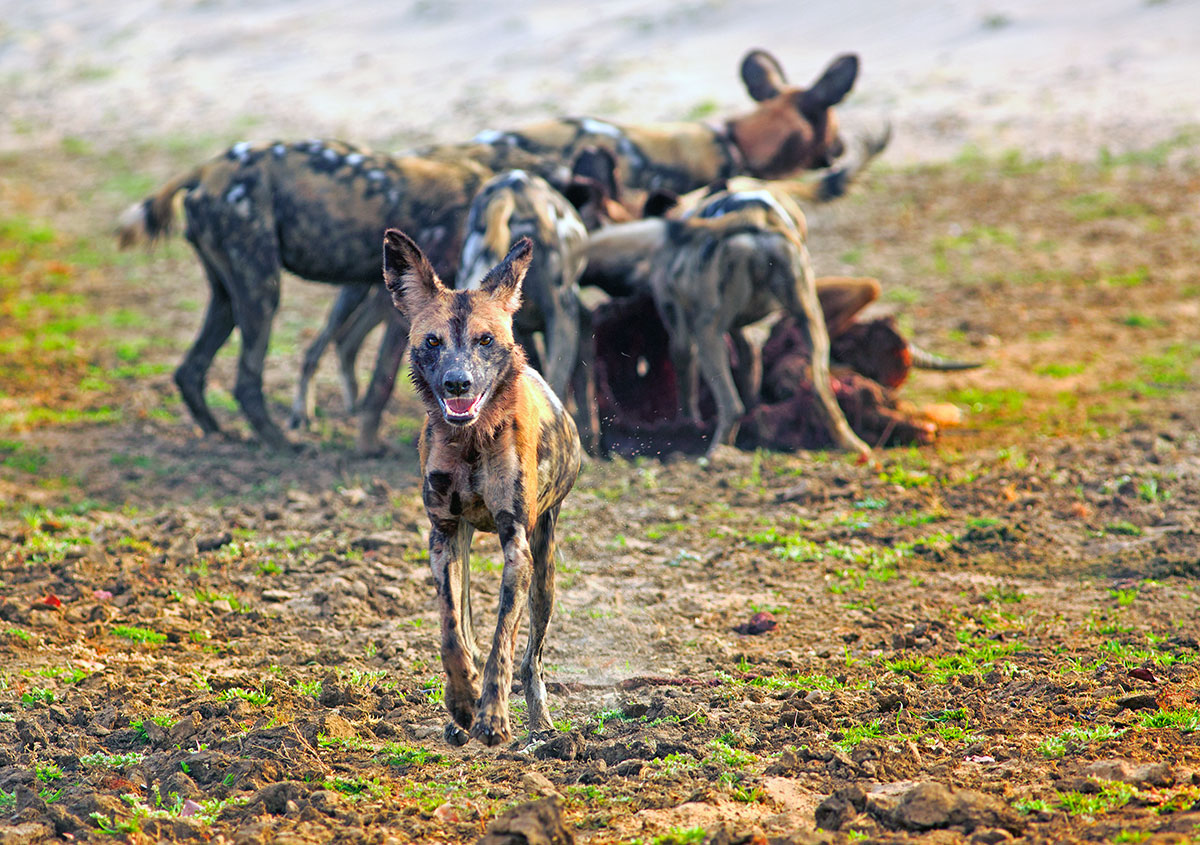
The world’s most effective predator is one of the most rarely seen safari animals. Their packs require lots of protected space because they can range over 25 miles regularly. They are particularly vulnerable to habitat loss and human encroachment.
We have a special relationship with the African wild dog. At least one pack ranges on the Eastern Serengeti Nature Refuge, which is exclusive to Thomson guests.
Black Rhino
Population: 5,000
 The lion, leopard, African buffalo, endangered black rhino, and elephant make up the legendary Big Five. Tanzania is one of the last places on earth you can spot them all in one day.
The lion, leopard, African buffalo, endangered black rhino, and elephant make up the legendary Big Five. Tanzania is one of the last places on earth you can spot them all in one day.
The decline of the black rhino mirrors the elephant; there could have been up to 850,000 black rhinos during most of the 20th century, but demand for rhino horn reduced their numbers to the several thousand that exist today.
Mountain Gorilla
Population: 880
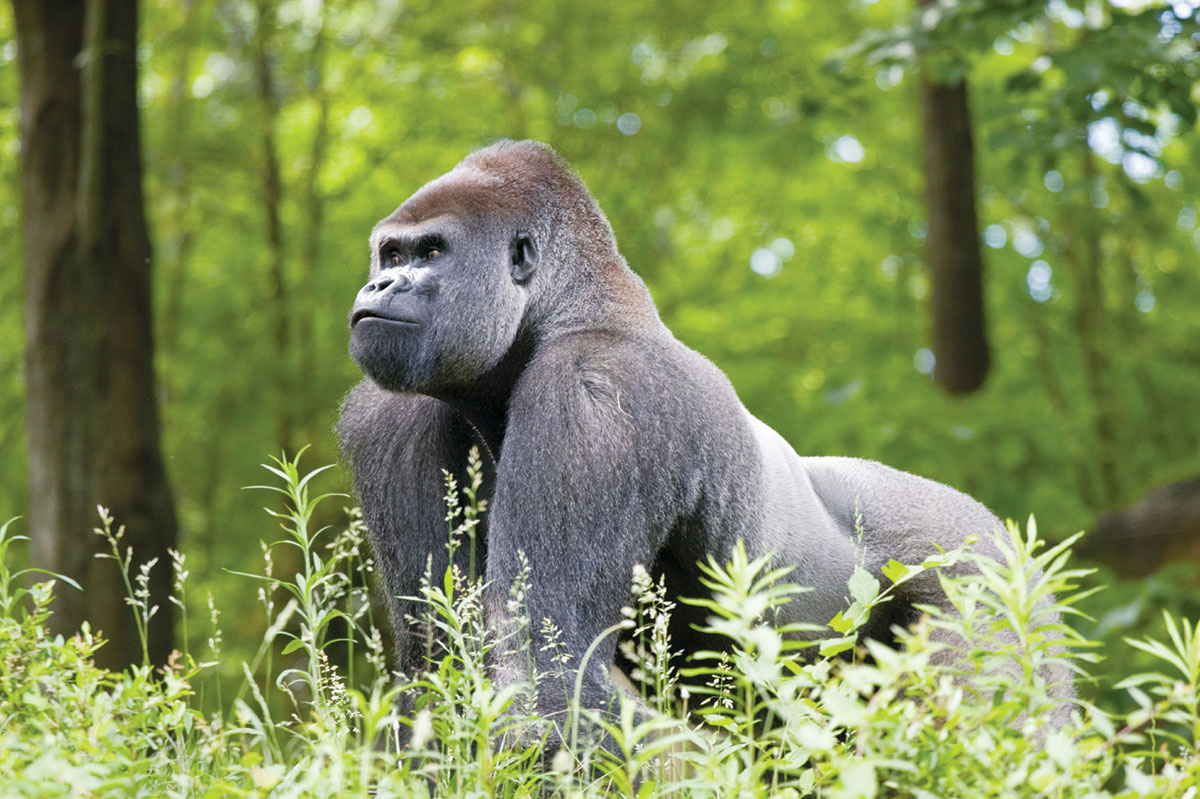
Seeing wild mountain gorillas is one of the greatest treasures in the world of wildlife viewing. Like elephants, gorillas have extremely strong family connections. Some rangers have devoted their lives to raising juvenile gorillas orphaned by poaching.
The remaining populations that exist live in forested land on a mountain range that stretches through Rwanda, Uganda and the Democratic Republic of the Congo.
National and international laws protect mountain gorillas from being hunted or captured everywhere they exist. It is the only species of great ape with an increasing population.
Addax
Population: <100
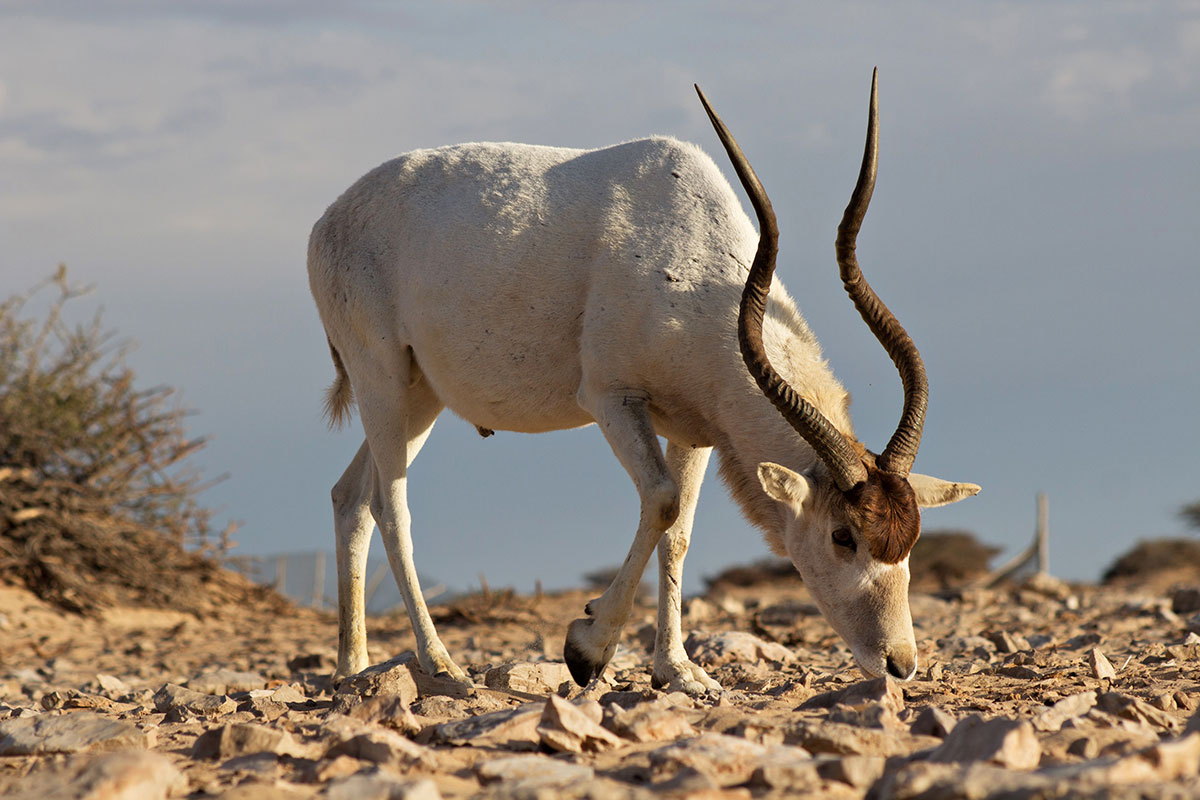
A white-furred, desert-loving antelope, the addax is nearly extinct in the Saharan deserts. Their numbers continue to dwindle due to poaching and the ecological disturbance caused by oil exploration.
An aerial survey in 2016 found just three remaining addaxes. While 100 may still exist, researchers simply can’t be sure.

